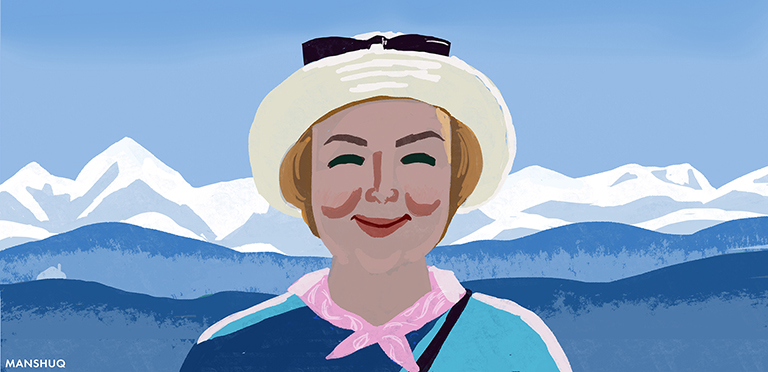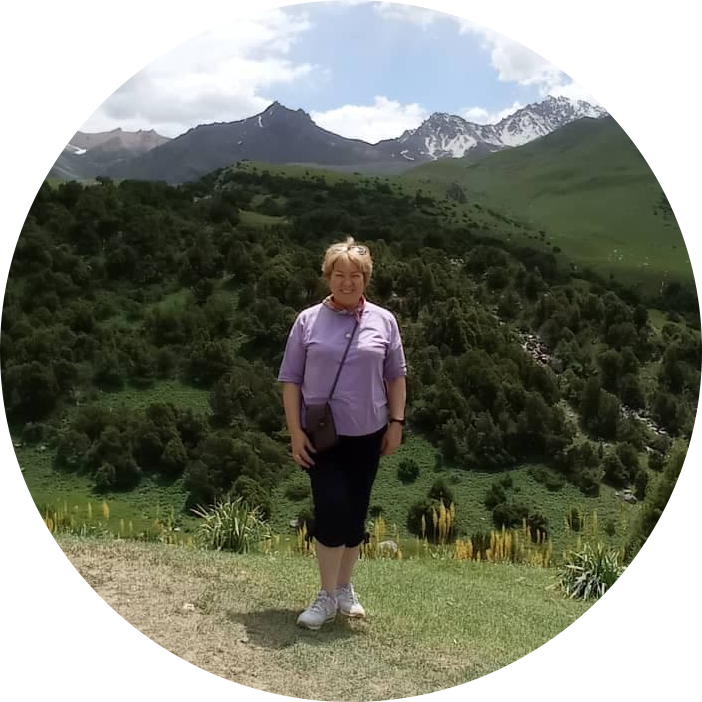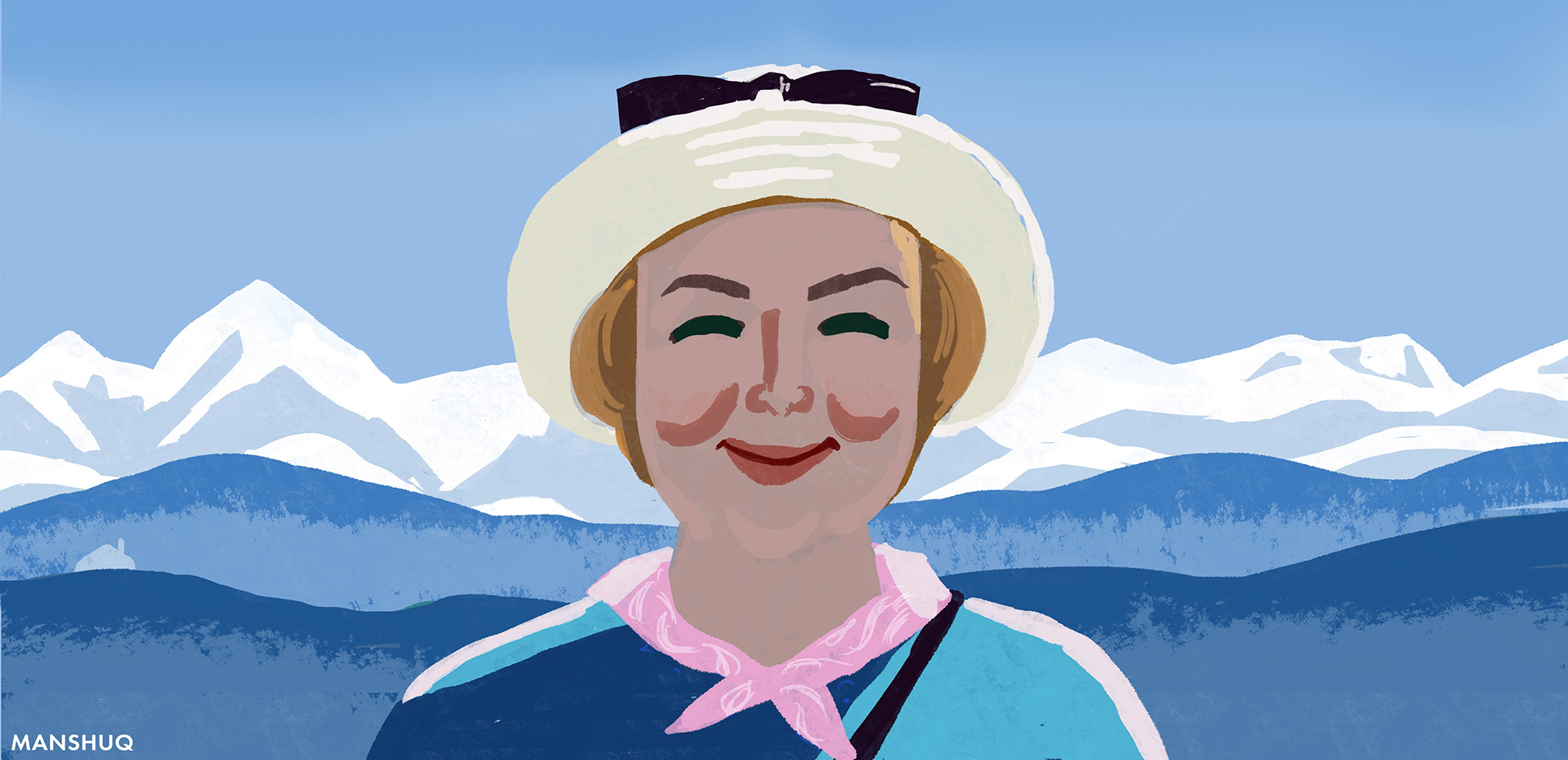
Traveling in Kyrgyzstan: Highlights
January 20th, 2022
There is a variety of interesting trails for any level of training.
In just a few hours, you can travel from a semidesert with temperatures around +35–40°C to permafrost where there is still snow in July and night temperatures fall to -5°C. The country’s astounding landscapes are a true find for photo and video artists.
Lada Khasanova:

“I always tell my young guides at workshops that guides are the crème de la crème of the tourism sector: a guide is the only employee of a tourism business that communicates directly with travelers and explains and interprets heritage to them.”
The Epic of Manas: The Memory of the Kyrgyz People
Manas is a trance epic. A performer enters into a special state of mind before reciting the epic. The Altai people and the Far North nomads have similar epics. It is astonishing how nomads tell the legends that trace back thousands of years. Living human memory is a special instrument. While we hope to store information on artificial media such as flash or hard drives, the art of the akyns is a living human memory that is thousands of times more effective and capacious than any artificial device.
In Kyrgyzstan, the manasci (readers of Manas) traditions are more widespread in the north – Bishkek and Talas. Talas has Manas Ordo, a large historical and ethnographic center, and Bishkek plans to open the Manasci Center.
Lada Khasanova:

Osh, a Transit Point on the Silk Road
Lada Khasanova:

Advice for Travelers
The contents of this material are the responsibility of the author and do not reflect the views of the European Union.

